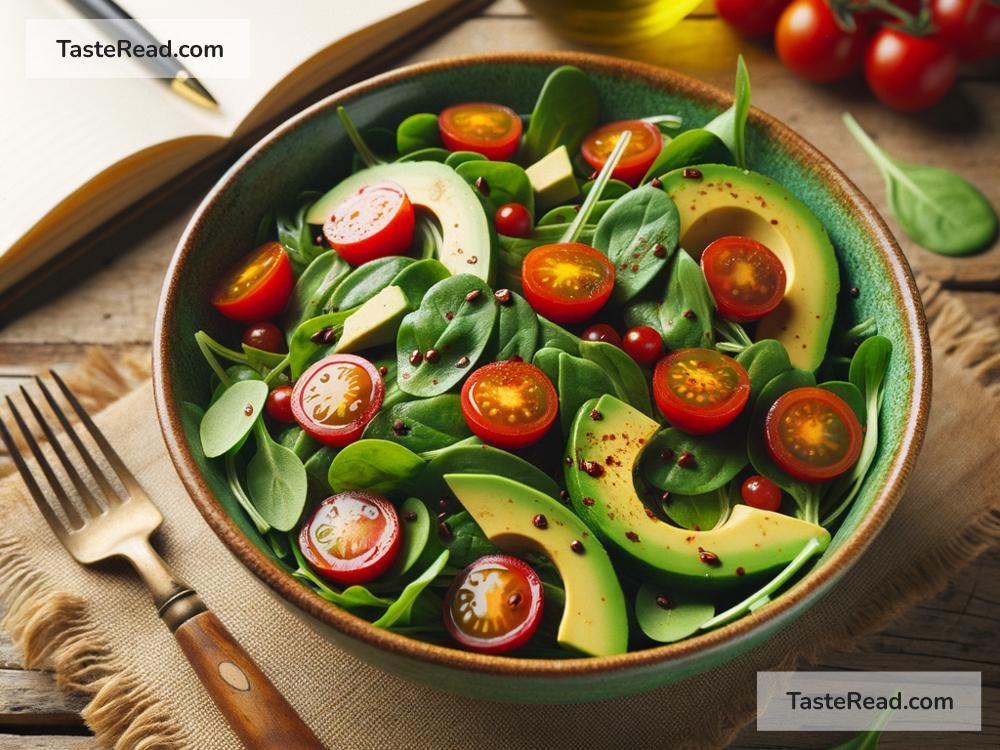The Impact of Purslane on Reducing Inflammation in Active Job Roles
If your job keeps you on your feet or constantly moving, you know how demanding physical work can be. Whether you’re a nurse, construction worker, teacher, chef, or delivery driver, the repetitive motions, heavy lifting, or long hours can take a toll on your body. One common issue that many people in active roles face is inflammation. Inflammation can cause pain or stiffness, making it harder to perform your duties and live pain-free. But what if a small, leafy green plant could help reduce inflammation and make you feel better? That’s where purslane comes in.
What is Purslane?
Purslane is a hardy, low-growing plant with thick, juicy leaves. It’s actually considered a weed in some places, but it’s also a nutritious edible plant used in various cuisines around the world. Purslane can be eaten raw in salads, cooked in stir-fries, or blended into smoothies. Besides being delicious, purslane is packed with nutrients like vitamins A, C, and E, magnesium, potassium, and omega-3 fatty acids.
The Problem of Inflammation in Active Roles
Inflammation is your body’s natural response to injury or stress. It’s part of the immune system’s way of trying to repair and protect your body. However, too much inflammation or ongoing inflammation can lead to problems like joint pain, muscle fatigue, and even diseases like arthritis.
For people with active jobs, inflammation can often come from overuse of certain muscles or joints. For example, a nurse might experience inflammation in their back or knees from standing for long hours, while a delivery driver might develop shoulder inflammation from lifting heavy packages.
Chronic inflammation doesn’t just make work harder; it can affect your quality of life. When your body aches all the time, you’ll find it harder to enjoy other activities or even relax at home. Managing inflammation is critical, especially when you rely on your body for your livelihood.
How Purslane Helps Fight Inflammation
Purslane is a superfood with particular benefits for reducing inflammation. Its power comes from a combination of nutrients that work together to cool down the body and promote healing.
-
Omega-3 Fatty Acids:
Purslane is one of the richest plant-based sources of omega-3 fatty acids. Omega-3s are known for their anti-inflammatory properties. They help lower levels of inflammation in the body by reducing the production of chemicals that trigger swelling or irritation in your joints and muscles. While most people think of omega-3s as being found in fish like salmon, purslane is a great vegetarian option. -
Antioxidants:
Purslane contains antioxidants like vitamins A, C, and E. Antioxidants fight free radicals in the body, which are molecules that can damage cells and lead to inflammation. High antioxidant levels help your body repair itself faster and reduce the wear and tear from an active lifestyle. -
Magnesium and Potassium:
These minerals play an essential role in reducing muscle cramps and soreness. Magnesium helps relax muscles, while potassium works to balance fluid levels, preventing swelling that can occur after hours of standing or moving. -
Anti-inflammatory compounds:
Purslane contains natural compounds like flavonoids and alkaloids, which also contribute to reducing inflammation. These compounds have been studied for their ability to ease symptoms of arthritis and other chronic conditions caused by inflammation.
Easy Ways to Add Purslane to Your Diet
If you want to give purslane a try, it’s easy to incorporate it into your meals. Here are a few simple ways to add it to your diet:
-
Salads: Chop purslane leaves and stems and toss them with your favorite vegetables. It adds a pleasant crunch and a slightly tangy flavor. You can squeeze a bit of lemon juice on top for extra freshness.
-
Smoothies: Blend a handful of purslane into your morning smoothie. This works well with fruits like bananas, berries, or mangoes.
-
Stir-fries: Sauté purslane with garlic, olive oil, and a pinch of salt as a side dish or mix it into stir-fried vegetables.
-
Soups: Add purslane to soups for a nutritious boost. It softens nicely when cooked, making it a great addition to broths and stews.
If you can’t find purslane at your local store, you might be able to harvest it for free—it often grows wild in gardens and sidewalks. Just make sure it hasn’t been treated with pesticides and wash it thoroughly before eating.
Conclusion
Whether your active role involves heavy lifting, long hours, or lots of movement, managing inflammation is key to staying healthy and pain-free. Purslane is a natural, affordable, and easy-to-find solution. Thanks to its high levels of omega-3s, antioxidants, and anti-inflammatory compounds, purslane is a powerhouse when it comes to reducing inflammation and supporting your body through the demands of physical work.
Next time you feel your body aching after a long day, consider adding some purslane to your meals. It’s a small step that can make a big difference in how you feel at work and beyond. By integrating purslane into a balanced diet, you’re giving your body the tools it needs to heal and thrive, so you can continue doing the active job you love.


